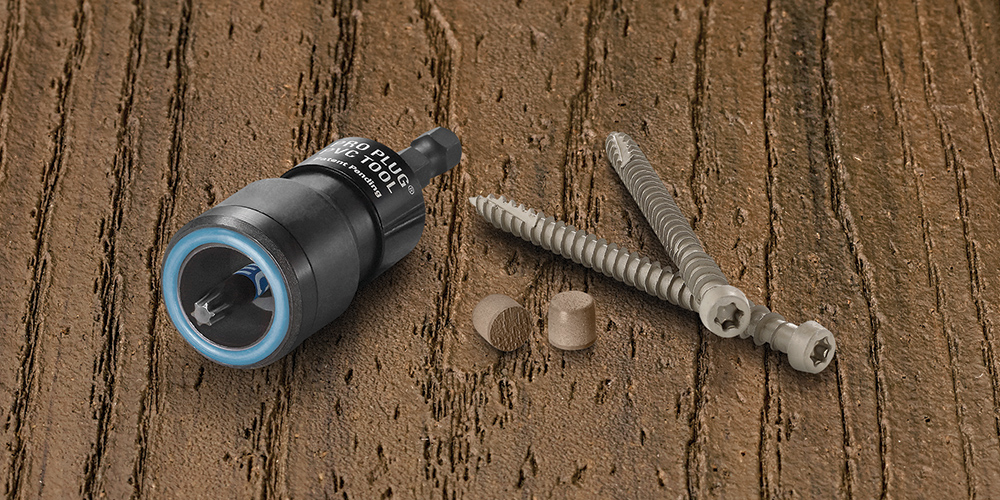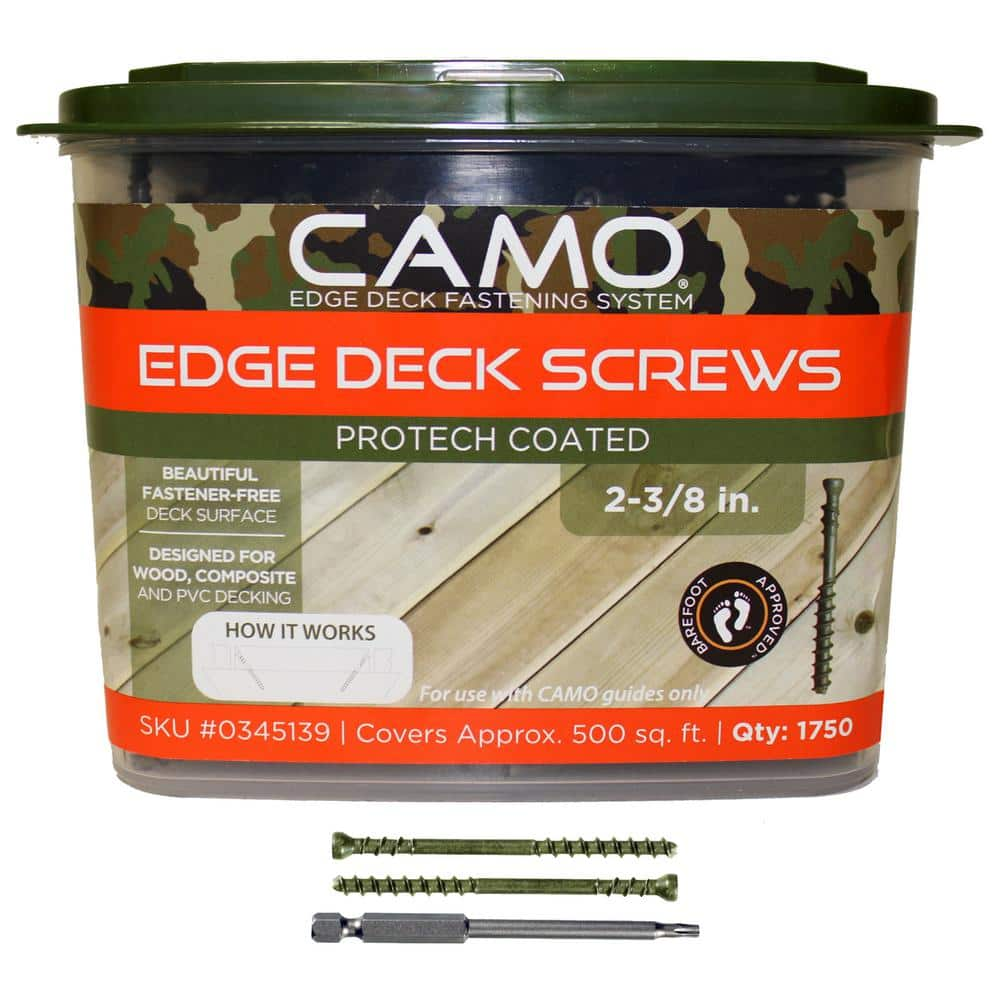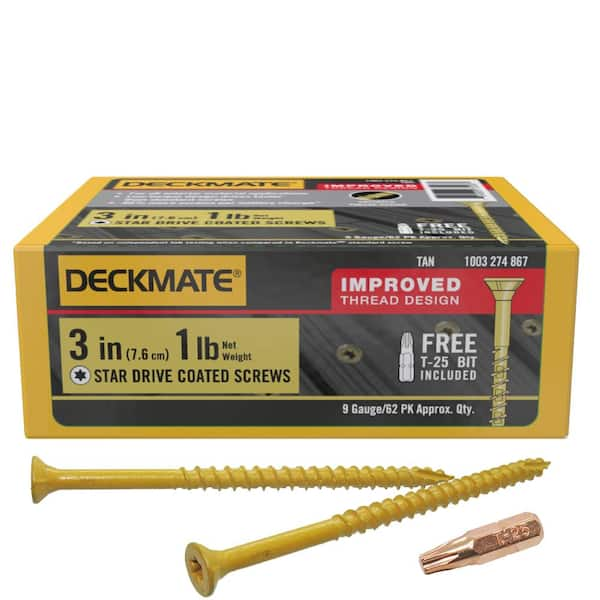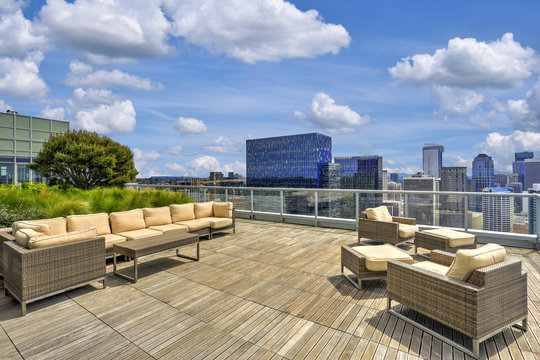The Top Deck Trends for 2025
As we move into 2024, decking trends are evolving to reflect changing lifestyles, preferences, and advancements in technology. Whether you’re planning a new deck or renovating an existing one, staying updated with the latest trends can help you create a stylish, functional, and cutting-edge outdoor space. Here’s a look at the top deck trends for 2025 to inspire your next project.
1. Sustainable and Eco-Friendly Materials
Trend Overview: Sustainability continues to be a major focus in decking design. Homeowners are increasingly opting for eco-friendly materials that reduce environmental impact and promote sustainability.
What to Look For:
- Recycled Materials: Decking made from recycled wood fibers and plastics offers durability while reducing waste.
- Sustainable Wood: Look for woods certified by organizations like the Forest Stewardship Council (FSC), which ensure responsible harvesting practices.
- Low-VOC Finishes: Choose finishes with low volatile organic compounds (VOCs) to minimize environmental impact and improve air quality.
2. Multi-Level Decks
Trend Overview: Multi-level decks are gaining popularity as they create distinct zones for different activities and add visual interest to outdoor spaces.
What to Look For:
- Separate Zones: Incorporate separate levels for dining, lounging, and entertainment to maximize functionality.
- Integrated Steps: Use stylish, built-in steps or ramps to connect different levels seamlessly.
- Creative Design: Consider incorporating features like built-in planters or seating to enhance the aesthetic appeal.
3. Indoor-Outdoor Integration
Trend Overview: Blurring the lines between indoor and outdoor living spaces is a growing trend. Decks are being designed to flow seamlessly into indoor areas, creating a cohesive living experience.
What to Look For:
- Sliding Glass Doors: Install large sliding or bi-fold doors that open up to the deck, creating a smooth transition between indoor and outdoor spaces.
- Matching Flooring: Use similar flooring materials or finishes inside and outside to enhance the sense of continuity.
- Extended Living Areas: Design outdoor living spaces that mimic the comfort and style of indoor rooms, with features like outdoor kitchens and dining areas.
4. Smart Decking Features
Trend Overview: Technology is making its way into deck design, with smart features enhancing convenience, safety, and entertainment.
What to Look For:
- Integrated Lighting: Install LED lighting systems with smart controls to adjust brightness and colors from your smartphone.
- Built-In Speakers: Add weather-resistant speakers to enjoy music or audio while relaxing on your deck.
- Temperature Control: Consider adding outdoor heating or cooling systems to extend the usability of your deck throughout the year.

5. Minimalist Design
Trend Overview: Minimalist design focuses on simplicity and clean lines, creating a sleek and uncluttered outdoor space.
What to Look For:
- Simple Structures: Opt for straightforward deck designs with clean lines and minimal ornamentation.
- Neutral Colors: Choose a neutral color palette for decking materials and furniture to maintain a calming and cohesive look.
- Functional Furniture: Select furniture with simple, functional designs that complement the minimalist aesthetic.
6. Nature-Inspired Elements
Trend Overview: Bringing nature into your deck design can create a serene and relaxing outdoor environment.
What to Look For:
- Natural Materials: Incorporate materials like stone, wood, and bamboo to enhance the natural feel of your deck.
- Greenery: Add built-in planters or vertical gardens to introduce lush greenery and improve air quality.
- Water Features: Consider adding a small water feature, such as a fountain or pond, to create a soothing atmosphere.
7. Customizable Decking
Trend Overview: Customization allows homeowners to tailor their decks to their specific needs and preferences, resulting in a truly personalized outdoor space.
What to Look For:
- Modular Designs: Use modular decking systems that allow for easy customization and future changes.
- Custom Features: Incorporate custom-built elements like seating, storage, or pergolas that suit your lifestyle and design preferences.
- Personalized Colors and Textures: Choose decking materials and finishes that reflect your personal style and complement your home’s exterior.
Conclusion
As we look forward to 2025, decking trends are all about enhancing functionality, sustainability, and style. From eco-friendly materials to smart features and minimalist designs, there are plenty of exciting options to consider for your next decking project. By incorporating these trends, you can create a beautiful and innovative outdoor space that suits your needs and stands out in the neighborhood.
Check Out This Blog!















